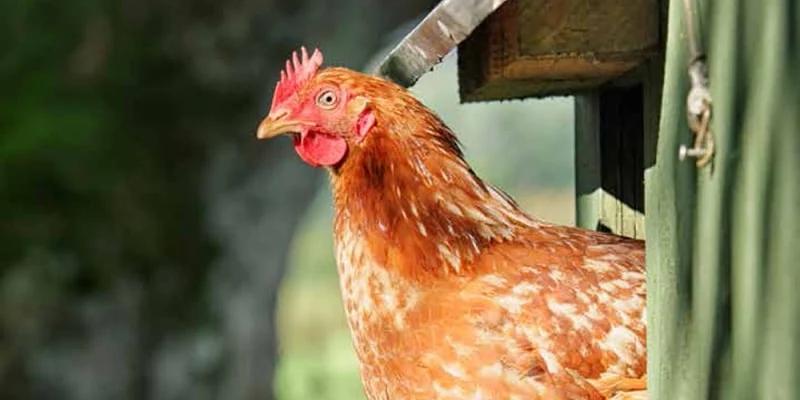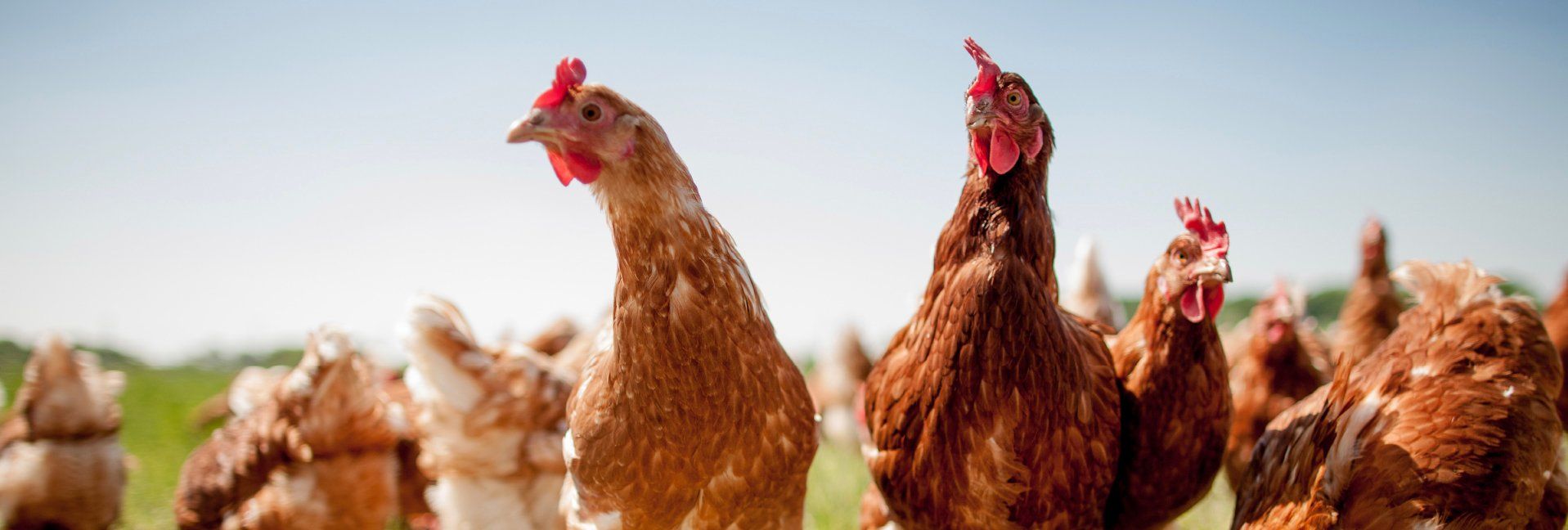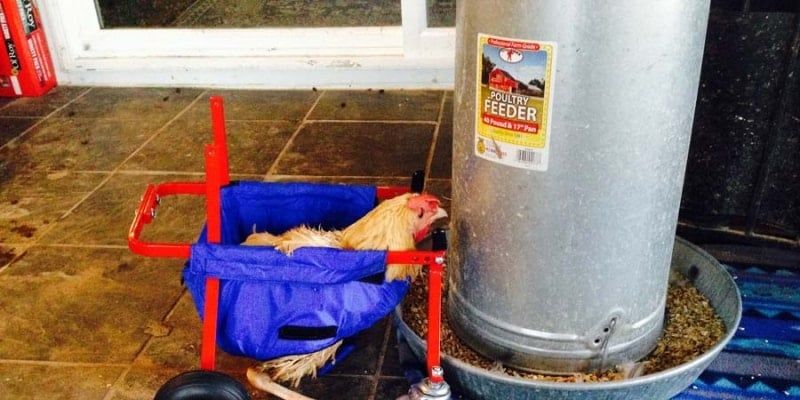The Art of Raising Game Birds
Safe Harvesting Winter Techniques


A game bird is a type of bird that is hunted for sport but mainly for food. These birds are typically wild and include species such as pheasants, quail and grouse. Game birds are often prized for their meat and are a popular choice for hunting enthusiasts. Many of them have beautiful colors and outstanding ornamental characteristics. If you choose to raise or breed game birds for a game preserve (or as a pet but this isn’t as common), they will need extra protection during the winter season.
Growing Demand for Pheasants to Stock Game Preserves
Avid hunters know it’s hard to beat the taste of game birds. Some people prefer light-colored partridge meat, ruffed grouse and quail. Others like the dark meat of sharp-tailed grouse and woodcock. Wild birds have less fat, more flavor and recipes that are delicious.
There is a large variety of wild game birds that can be raised. Game pheasants, for example, are suited for game preserves. Most can survive outside in the winter, even in the northern states.
Game Pheasants
The most common is the English Ring-necked Pheasant. The tail is long and variegated with various shades of brown and copper. Wild pheasants can be found across the northern American states. In the kitchen they resemble chicken.
Quail
Native quail include the Californian Quail, Gambel’s Quail and the Messina Quail. They are easily tamed in captivity. There are seven species of quail and six live in the U.S. All quail can be used interchangeably in the kitchen and are mild, white meat birds.
Grouse
The Black Grouse and the Capercailzie are mainly used in game reserves. Grouse are North American’s native “chicken” and Ruffed grouse are creatures of the deciduous forest.
Essential Considerations for Raising Game Birds
If you decide to raise wild game birds, many thrive best when their natural tendencies are catered to, including habitat management.
Many pheasants prefer to sleep in the open rather than in houses. If both open and protected roosts are available, your birds will select the place best suited for them. These birds can survive winter weather with no issues.
A game birdhouse or enclosure would have proper drainage and light and sandy loam soil. There should be access to sunshine and shade, and the pen size should depend on the number of birds. Plenty of perches should be available, and the top of the run should be covered with wire netting. These birds require protection from the cold weather and a dry spot for them to run in and roost in lousy weather. The floor may be covered with dead branches, pine needles or straw.
Feeding Strategies in the Winter
Pheasants are light eaters to begin with, so even though it’s winter, you don’t want to overfeed the birds — wild birds like an abundance of cabbage, lettuce, clover and any type of vegetable. Indian corn is a great addition to their diet in the winter months but feed in small quantities. Also, feed plenty of grains, insects, cornmeal, wheat bran and finely chopped beef.
Harvesting Techniques in Winter
Raising and caring for wild game birds is a foundational step that directly influences the quality of meat when it becomes time for harvesting. Attentive husbandry ensures that these birds lead healthy lives, benefiting from nutritious feed and ample space to roam, which enhances their natural flavors. By cultivating an environment that mirrors their natural habitats, you not only promote the well-being of the birds but also set the stage for superior culinary experiences.
This seamless transition from nurturing care to thoughtful harvesting underscores the holistic approach required to truly honor the essence of wild game birds, ensuring that each step in the process contributes to the ultimate goal of serving exquisite, flavorful meals.
Rules for Cooking Game Birds
Are you raising game birds for the table for their incredible taste?
Harvesting wild birds is not merely a pursuit but an art, guided by essential rules that preserve the meat’s quality and flavor.
The first rule emphasizes the importance of proper handling from field to kitchen — keeping the game cool and clean, and field dressing it properly, both of which guarantee that it rewards you with exceptional taste.
The second rule focuses on cooking techniques; some wild birds possess dark red meat that should remain so when cooked correctly.
Finally, the third rule advises the use of spices, herbs and rubs that enhance rather than overpower the meat’s natural flavors.
The pheasant is one of the most widely hunted species in the U.S. The flavor is mild, and you can cook wild game the same way you’d cook a chicken. A typical pheasant will feed two people.
Dressing Birds in the Field, Transporting Them Home
Hank Shaw, renowned author of “Pheasant, Quail, Cottontail,” states that you must keep your birds as cool and as separated as possible in the field.
- Do not get your birds wet and separate themin your truck.
- Hanging your birds by the neck or feet does not matter.
- Hang the birds in temperatures between 50 degrees and 55 degrees for at least three days and up to a week with a rooster.
- Do not hang any game birds that have been gunshot.
- Dry-pluck any bird that has been hung for three or more days.
- Wash and dry your birds after you pluck and draw them. Then you should freeze them.
Tags:Poultry Today

Chicken Whisperer is part of the Catalyst Communications Network publication family.












